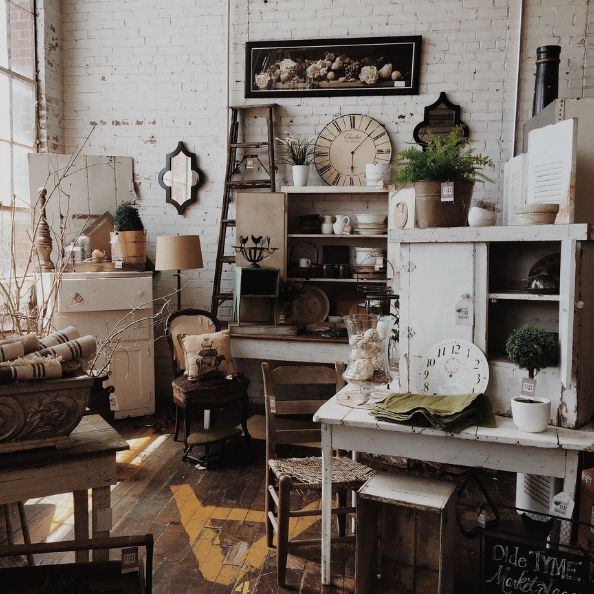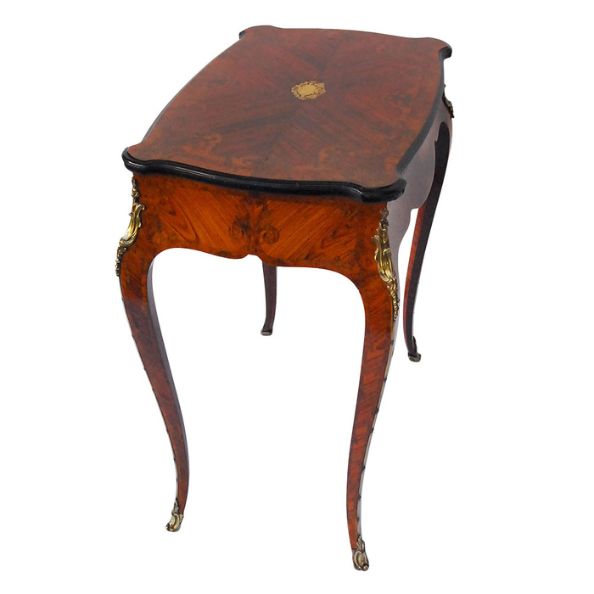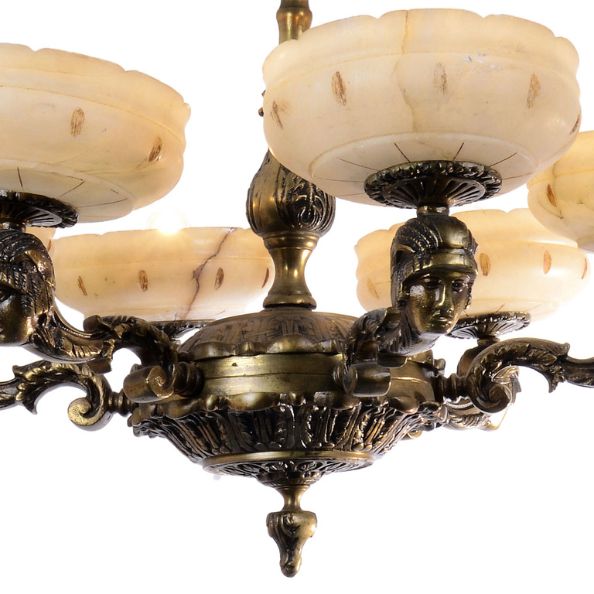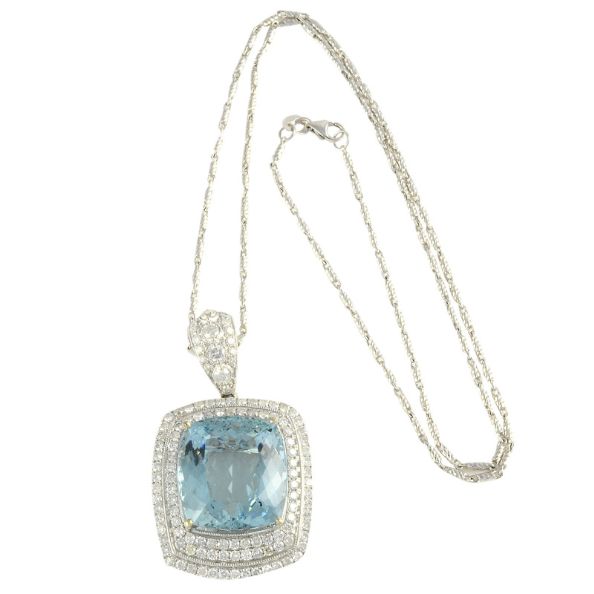A Beginner’s Guide to Spotting Fake Antiques


Fake antiques are becoming increasingly common as people try to pass off newly made items as valuable relics from the past. This beginner’s guide to spotting fake antiques will provide helpful tips and advice so you can make informed decisions when purchasing items for your collection.
Know What To Look For
When it comes to spotting fake antiques, the most important thing to remember is that knowledge is power. Taking some time to learn about antique furniture and decorative items can help you develop an eye for authenticity. Familiarize yourself with the age, design, materials, and manufacturing processes of past eras.
Age and Condition
When inspecting an antique, the first thing to consider is its age and condition. Remember that to qualify as an antique, a piece should be at least 100 years old. While there are some exceptions, generally speaking, real antiques will show signs of aging. For example, metal surfaces might have a patina and other imperfections that would indicate age.
These kinds of clues give evidence that the piece was actually a part of lives from long ago and can increase the value of a piece. Conversely, as any longtime viewer of Antiques Roadshow knows, sanding and refinishing an antique piece of furniture can cut its value substantially.
In addition to paint or refinishing, look for any signs of restoration or repair. While quality repair can conserve an antique piece, badly executed repairs can significantly reduce the value of an item.
Examine Materials
Authentic antiques are often made from high-quality materials like wood, precious metal, and glass that were coveted in their eras. Furniture from the 18th and 19th centuries was often austere, with elegant lines and simple legs and feet made of light, solid wood. Victorian-era pieces often featured dense, ornate carvings in dark woods like mahogany and included details like metal claws on ball-footed furniture.
Avoid Deliberately Distressed Fakes
It is not uncommon for people to try and pass off newer items as antiques by “aging” them with techniques such as distressing. While these fakes may appear convincing at first glance, they aren’t valuable as antiques. Look for signs of deliberate or symmetrical wear and tear or an aged appearance that would not naturally occur with the passage of time.
Consider Craftsmanship
Authentic antiques feature intricate details, precise joinery, and handmade elements that demonstrate the skill of the artisans who created them. There may be old labels or signatures present that identify the maker. You can search for the history, scarcity, and popularity of pieces by that maker to gauge the value of the piece you’re thinking about buying.
Solvang Antiques is a reputable antique shop with over 45 years of experience with antique furniture, lighting, clocks, jewelry, and watches. We also offer vintage (over 50 years old) and estate (newer than 50 years old) decorative pieces and fine art.
With this beginner’s guide to spotting fake antiques and some practice, you will develop an eye for quality and authenticity. Soon, you’ll be able to confidently make informed decisions when buying antiques. Happy collecting!



